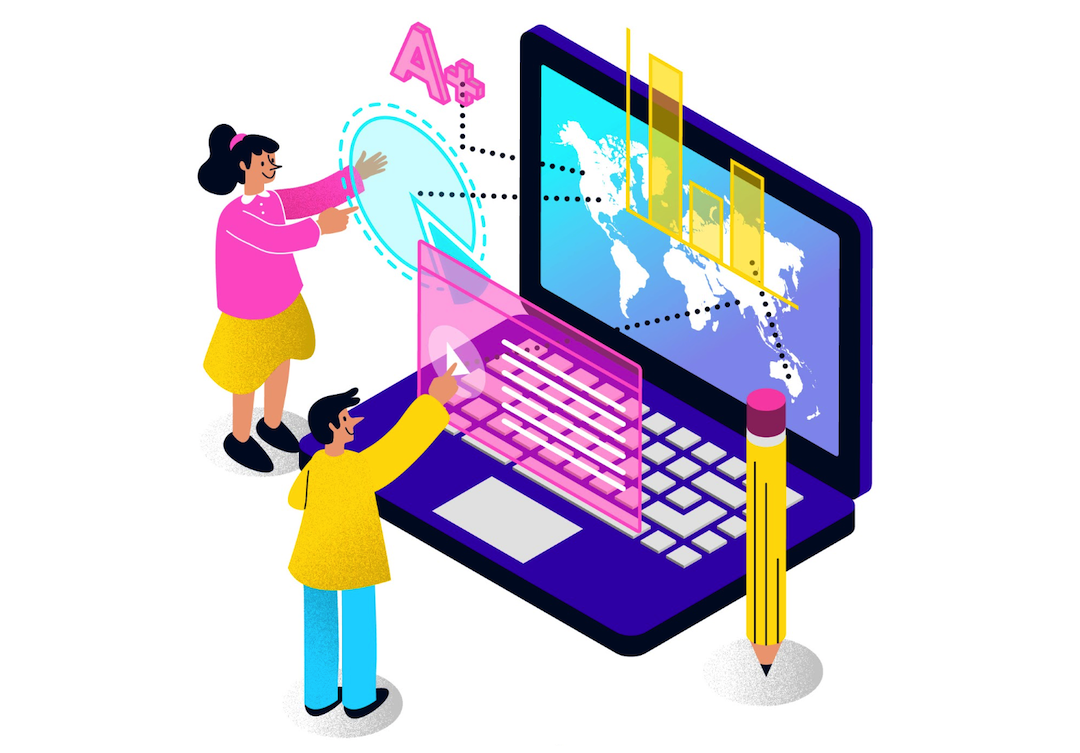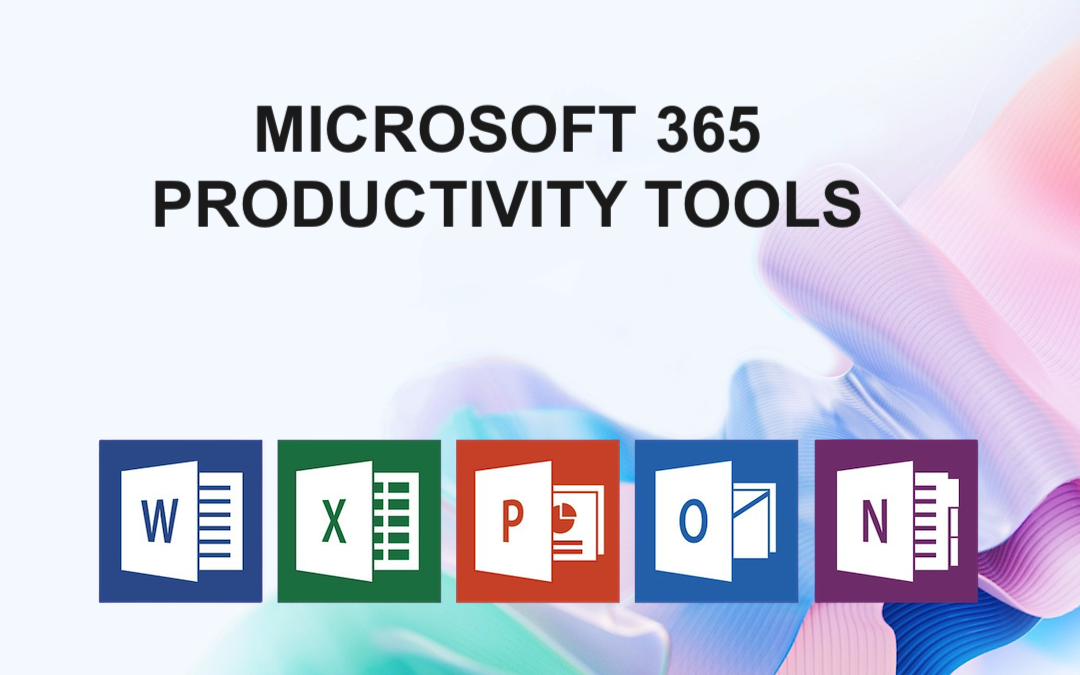
Imagine browsing the web for searching essential information, only to encounter an image that holds the key to what you’re looking for, but the text within it is difficult to extract. Frustrating, right? There is a solution which use OCR (Optical Character Recognition) technology to extract text from images.
This technology has the power to redefine website accessibility, ensuring that content is accessible to all users regardless of their abilities. In this article, we’ll explore the profound impact of text extraction from images.
Understanding Image-to-Text Extraction
Image-to-text extraction is the process of converting visuals into editable and searchable text. It’s commonly used for scanning, data entry, document processing, indexing, and search. This process, also known as OCR, bridges the gap between visuals and written content, making information more accessible.
Images play a crucial role online, and text extraction from images leads to a wealth of accessibility, data analysis, and automation opportunities.
Improving Website Accessibility with Text Extraction
Text extraction improves website accessibility by creating alt text descriptions for images. Alt text provides image context to search engine crawlers and aids users who rely on screen readers, helping them understand image content and navigate websites more effectively.
By making content more inclusive, text extraction enhances engagement with website content and benefits users with slower internet connections.
How Text Extraction Aids Information Retrieval
Images often convey complex information, and text extraction unlocks this information’s full potential. It improves SEO, accessibility, loading times, user experience, and data analysis on websites.
Screen readers can access extracted text, improving website loading times and enhancing user experience.
Impact of Text Extraction on Websites
Photo-to-Text converter tools positively influences website accessibility in several ways:
- Enhanced Screen Reader Compatibility: Screen readers can vocalize textual content within images, improving accessibility for visually impaired users.
- Facilitated Content Consumption: Extracted text empowers users to consume various types of information more efficiently.
- Increased Searchability & Findability: Text extraction enhances the searchability and findability of web pages, making relevant information easier to access.
- Support for Multilingual Accessibility: Text extraction supports multilingual accessibility, demonstrating a commitment to inclusivity.
- Compliance with Accessibility Standards: Text extraction ensures websites comply with accessibility standards, making them accessible across devices.
- Enabling Interactive Elements: Extracted text allows users to interact with various website elements, fostering engagement for all users.
Conclusion
Text extraction from images significantly improves website accessibility, making web content more user-friendly and accessible to a wider audience. By utilizing online photo-to-text converters, website owners can ensure that their content is accessible to all users.



Comments (0)
No comment